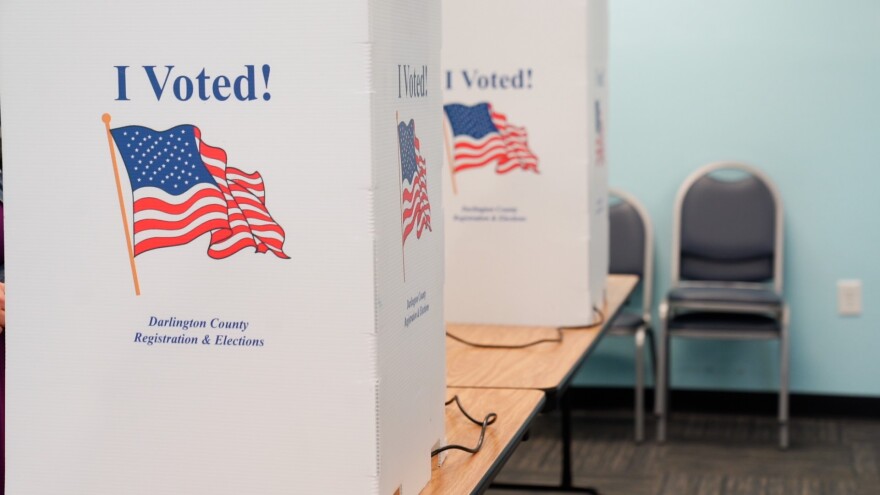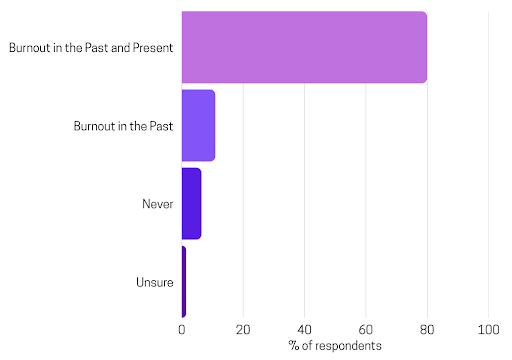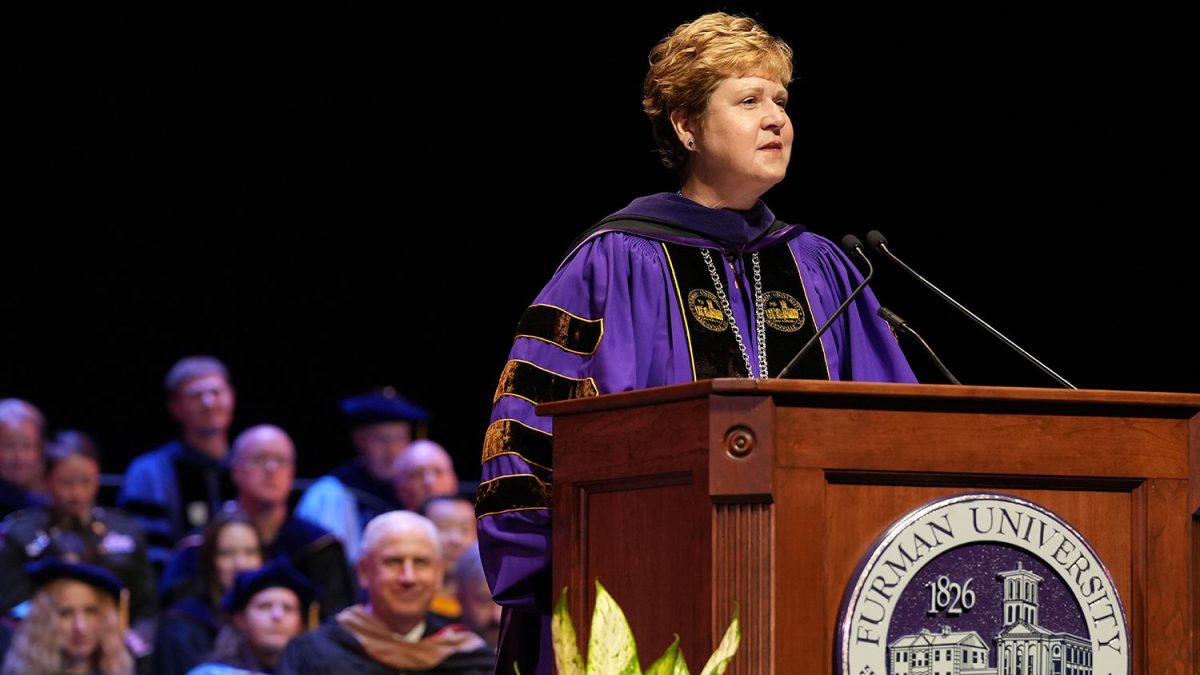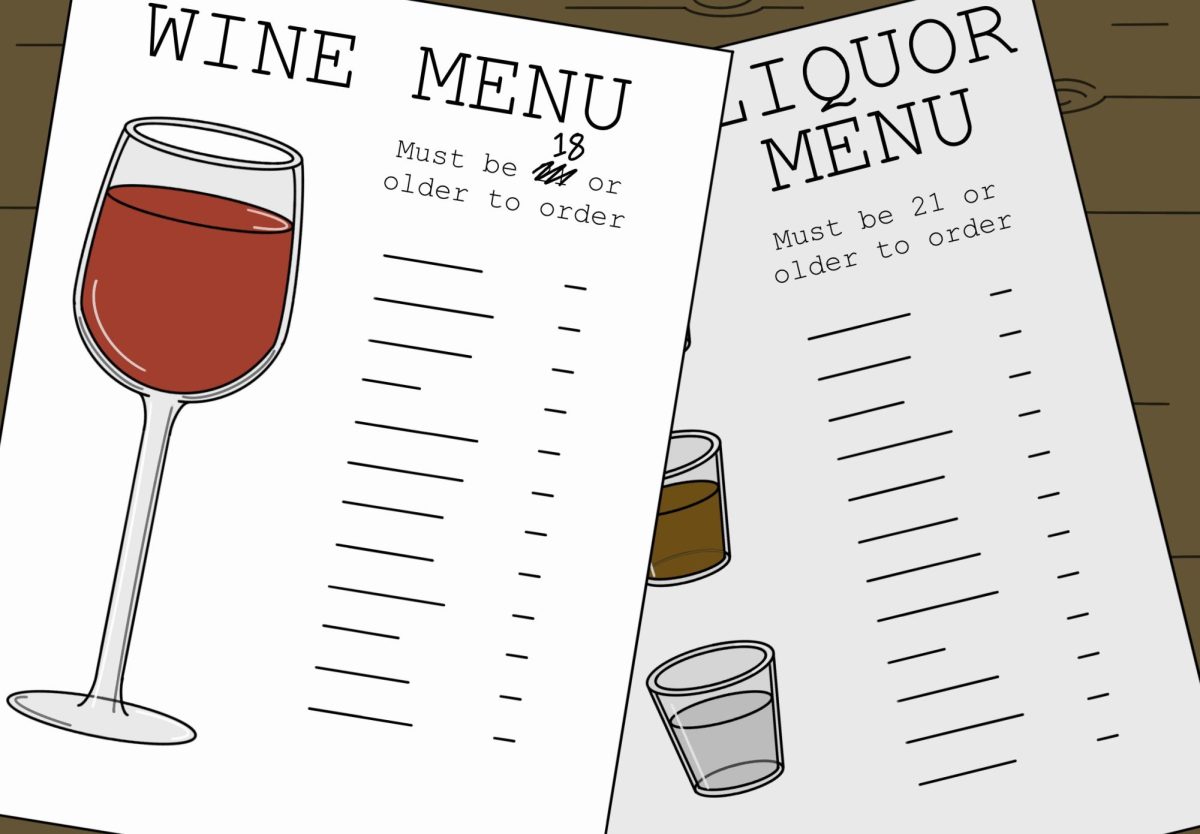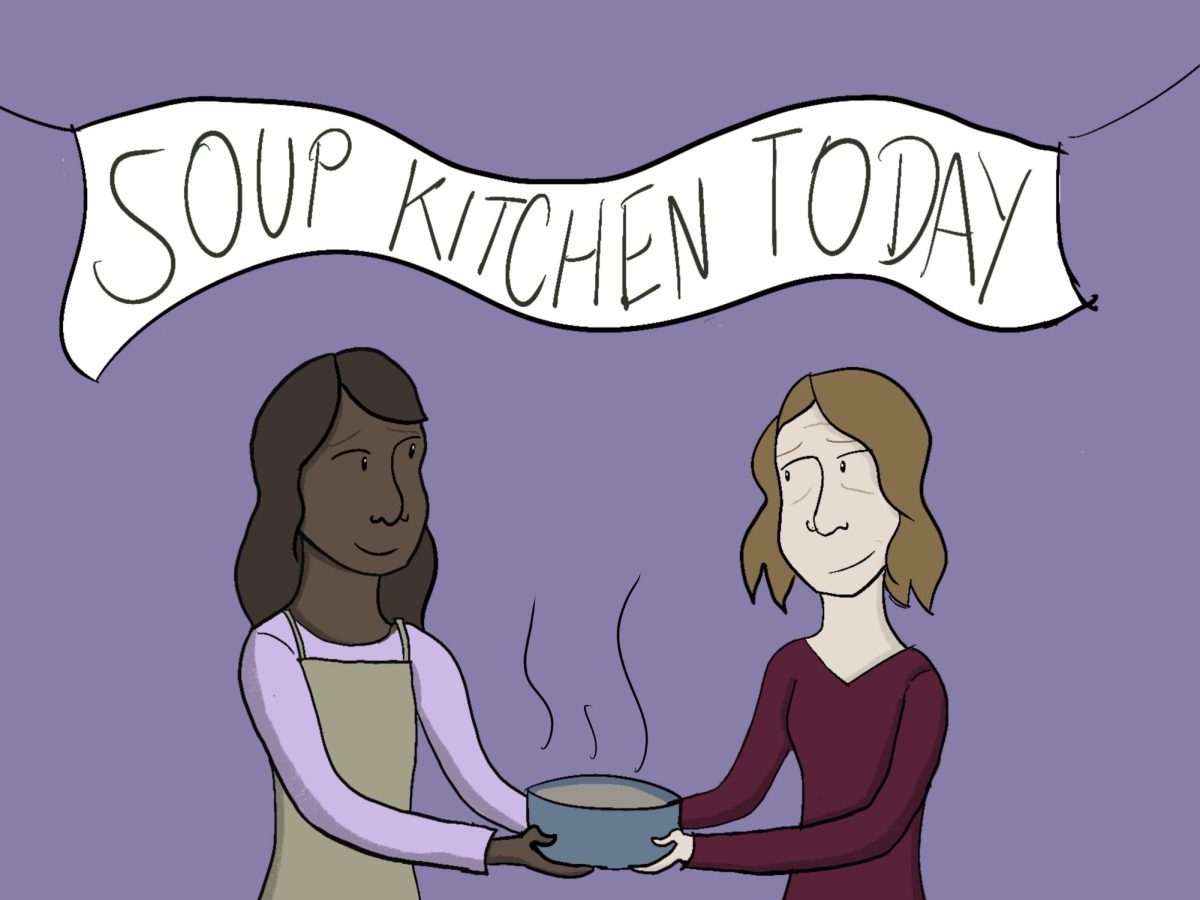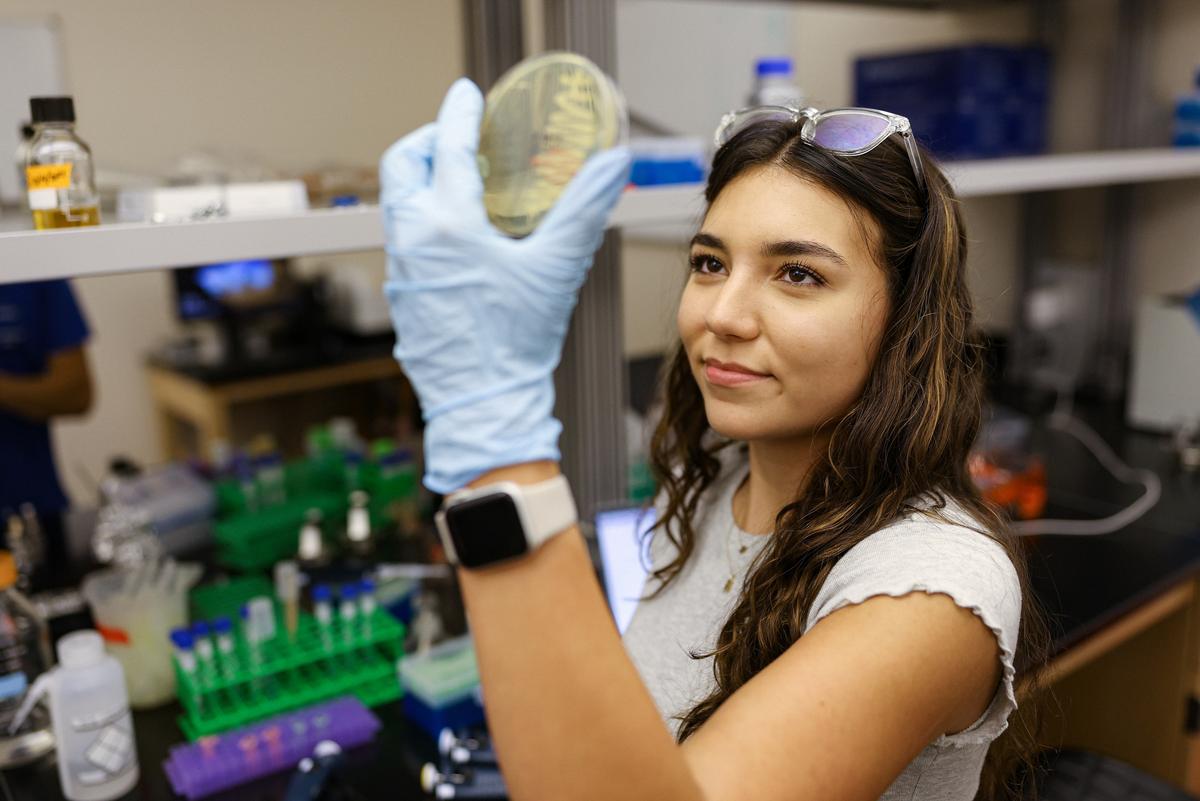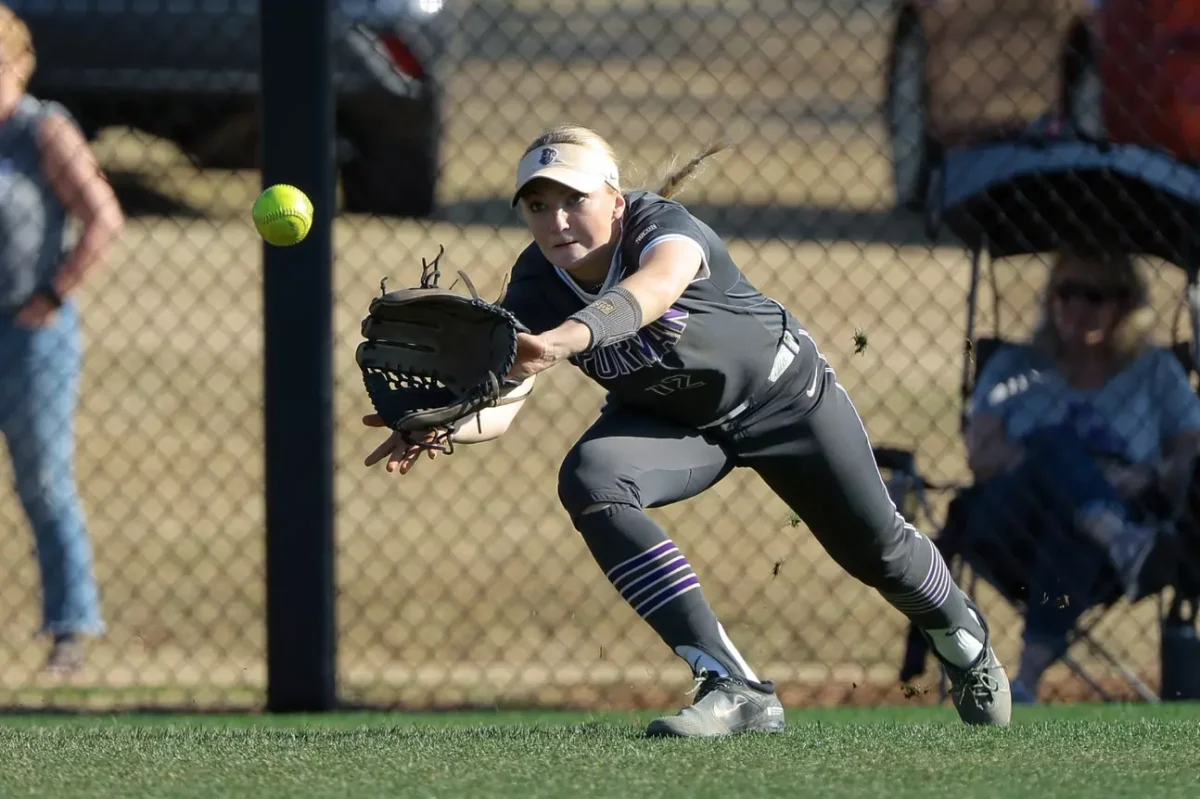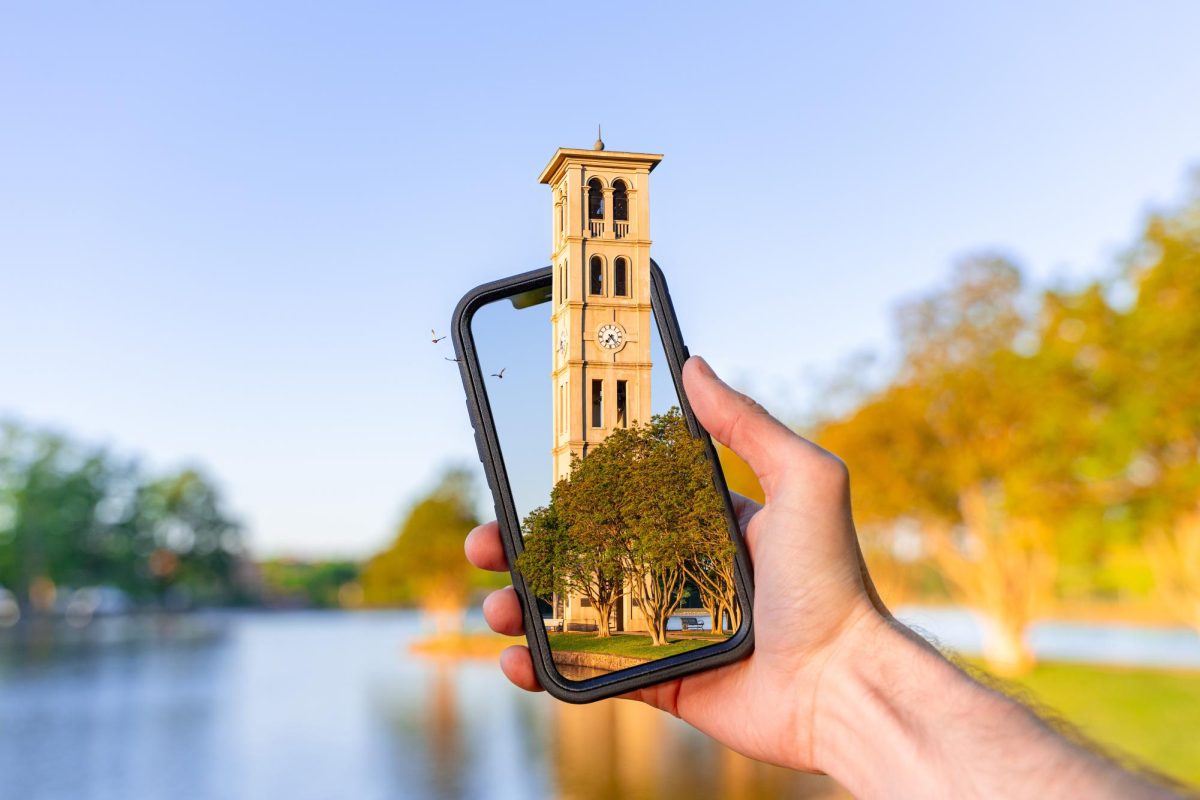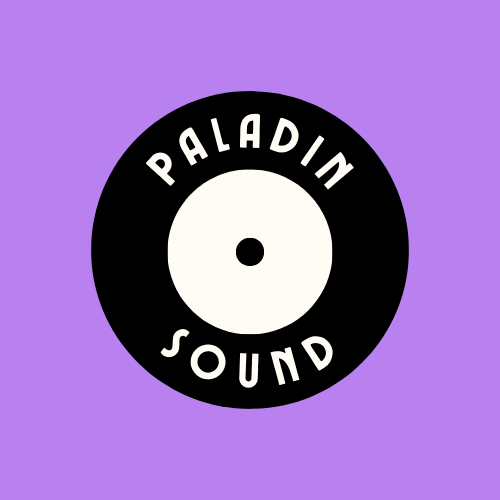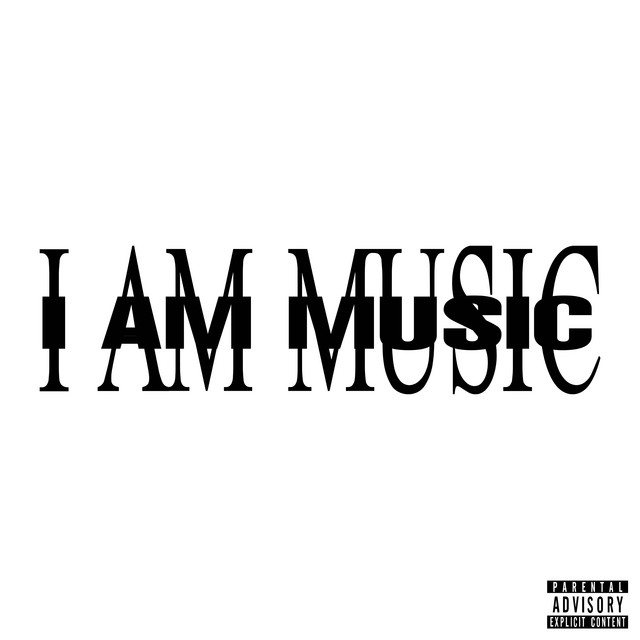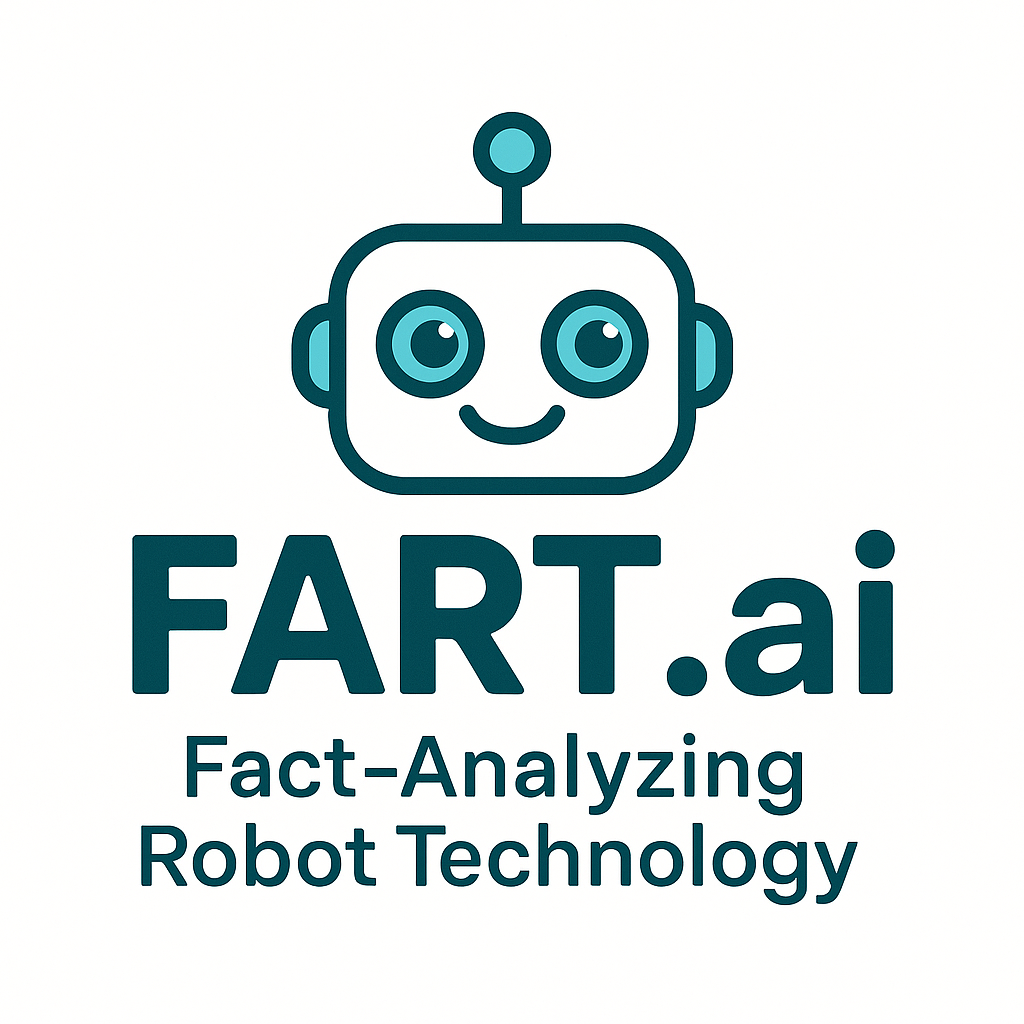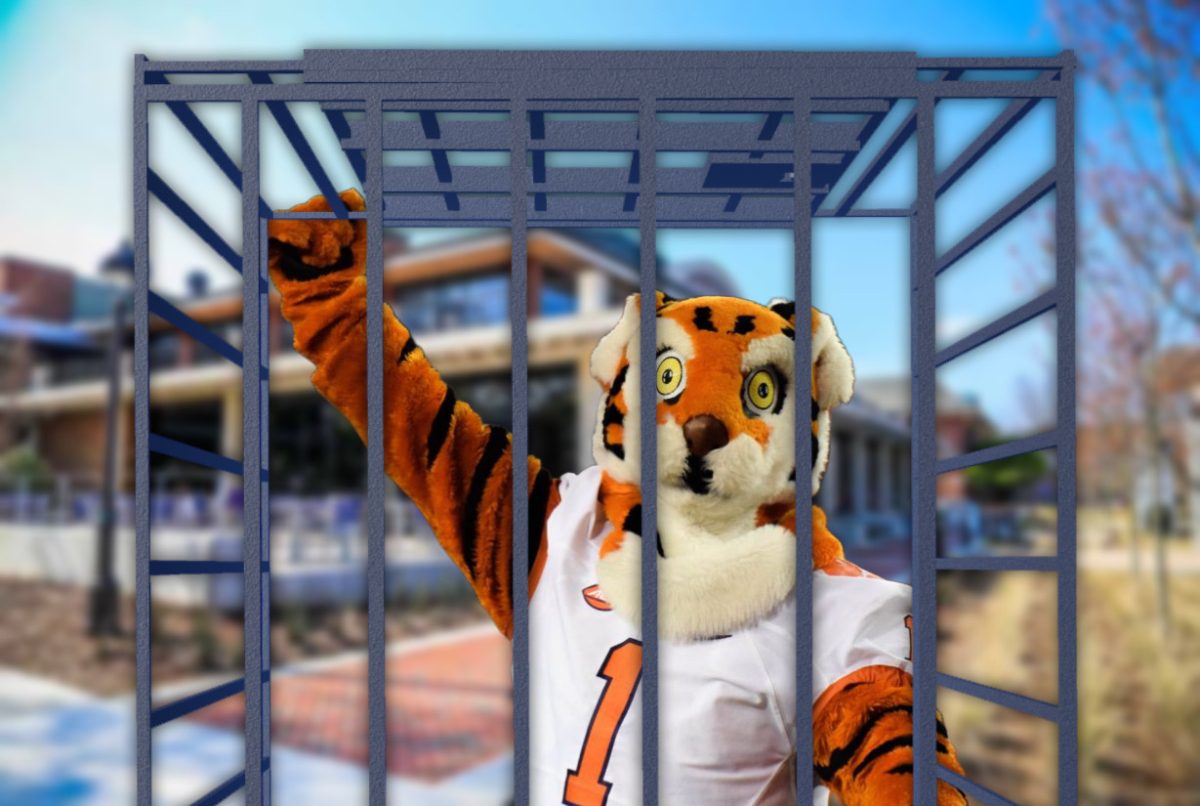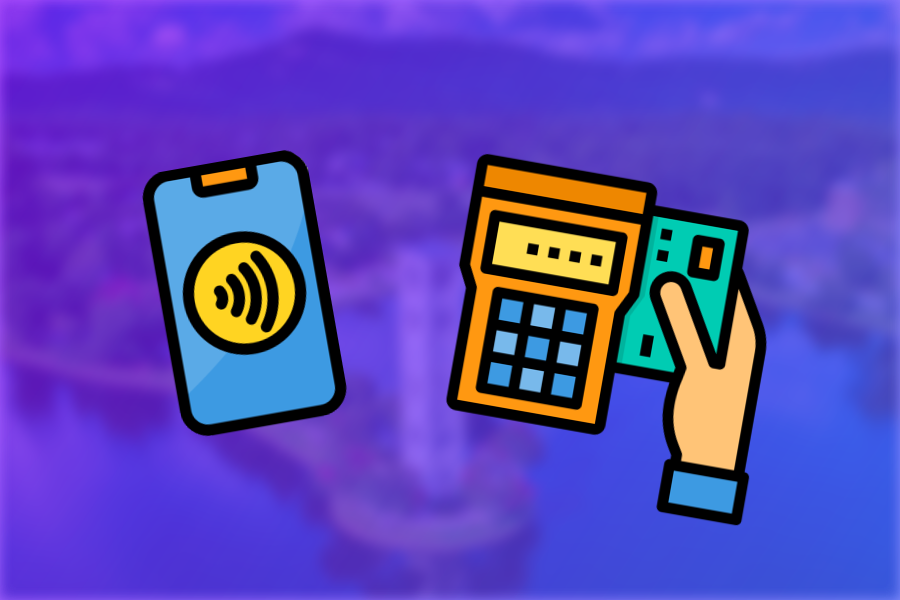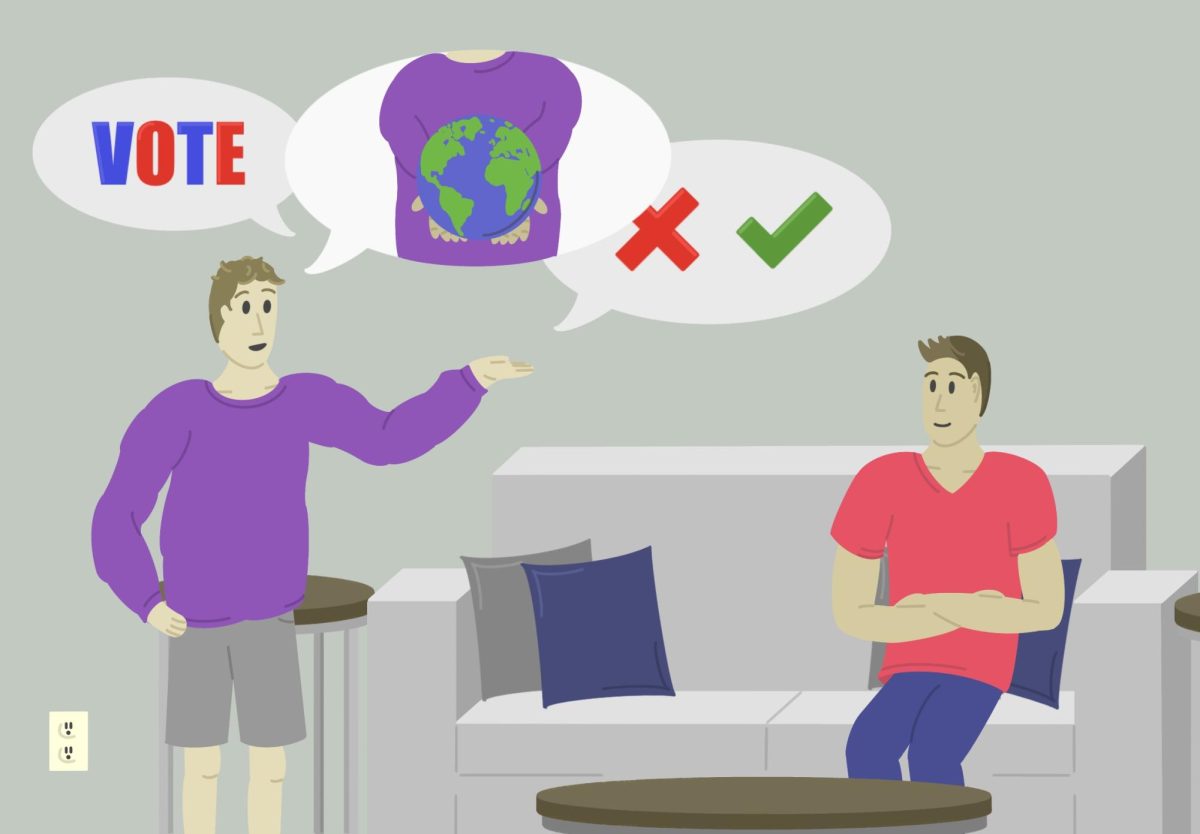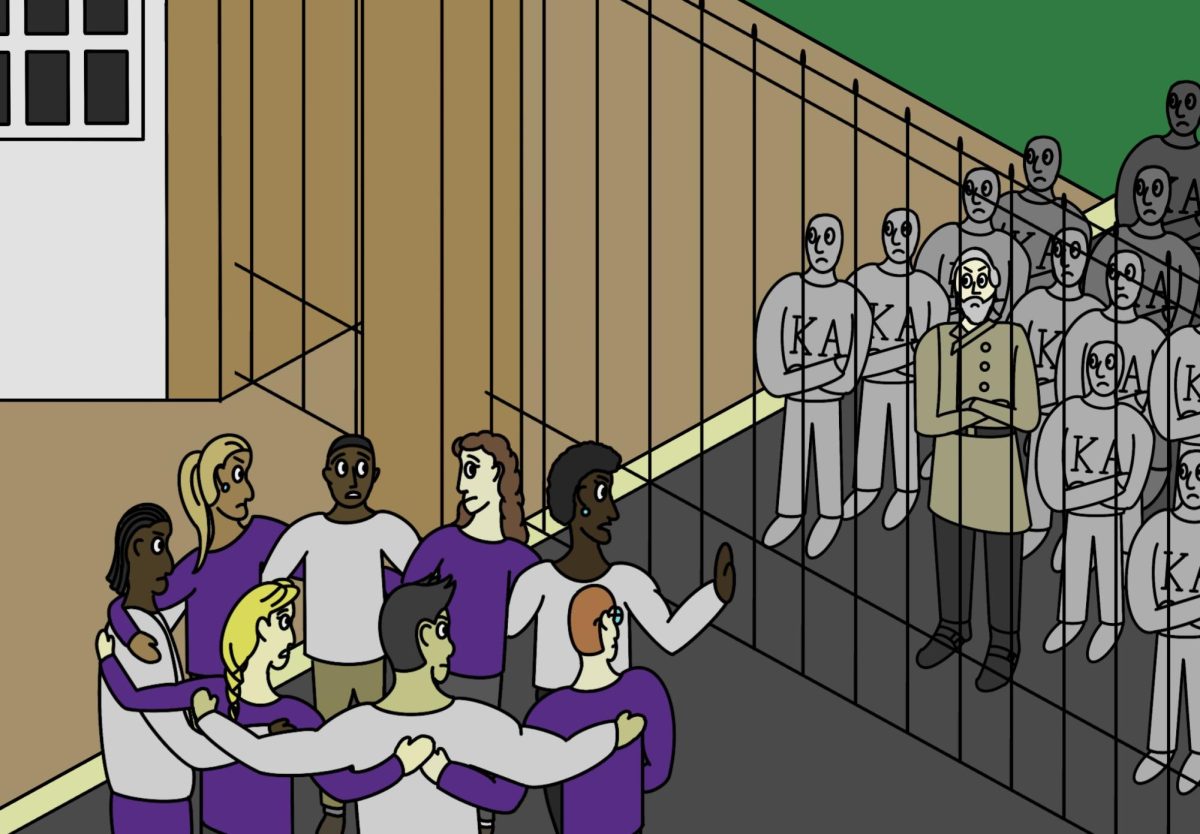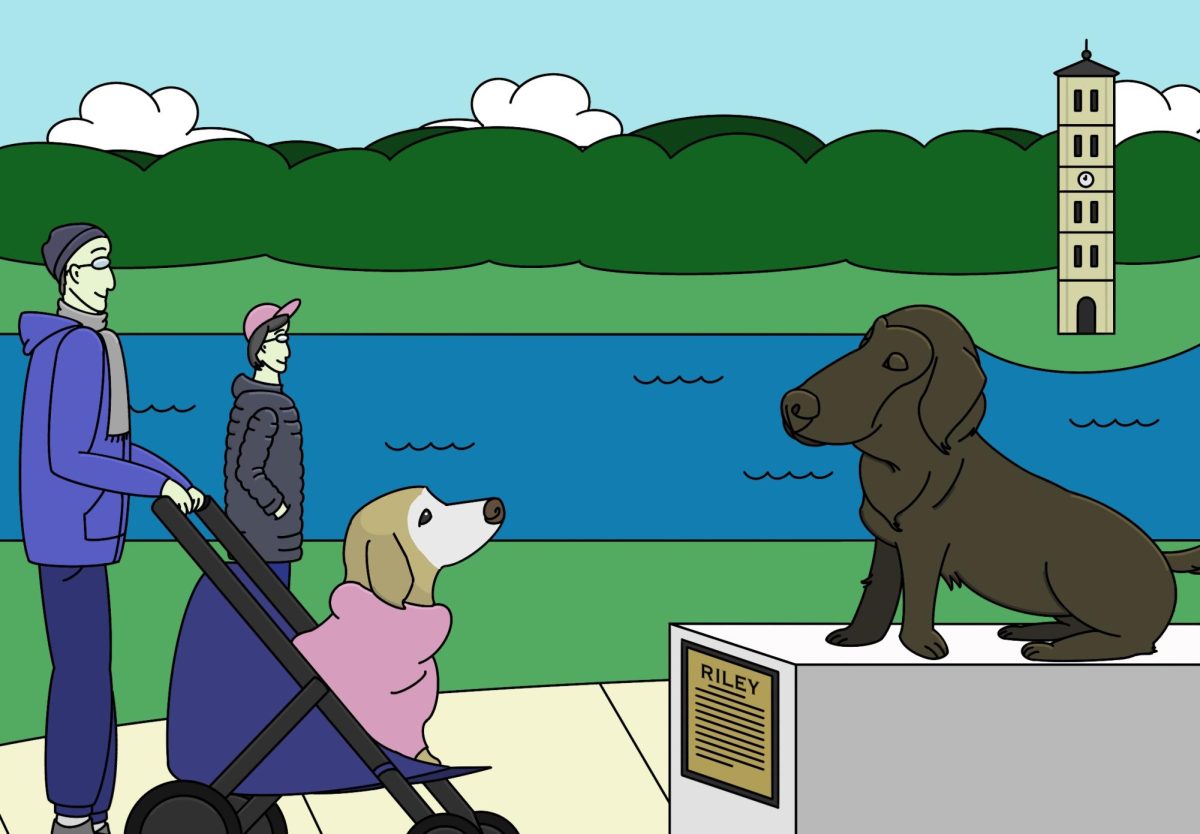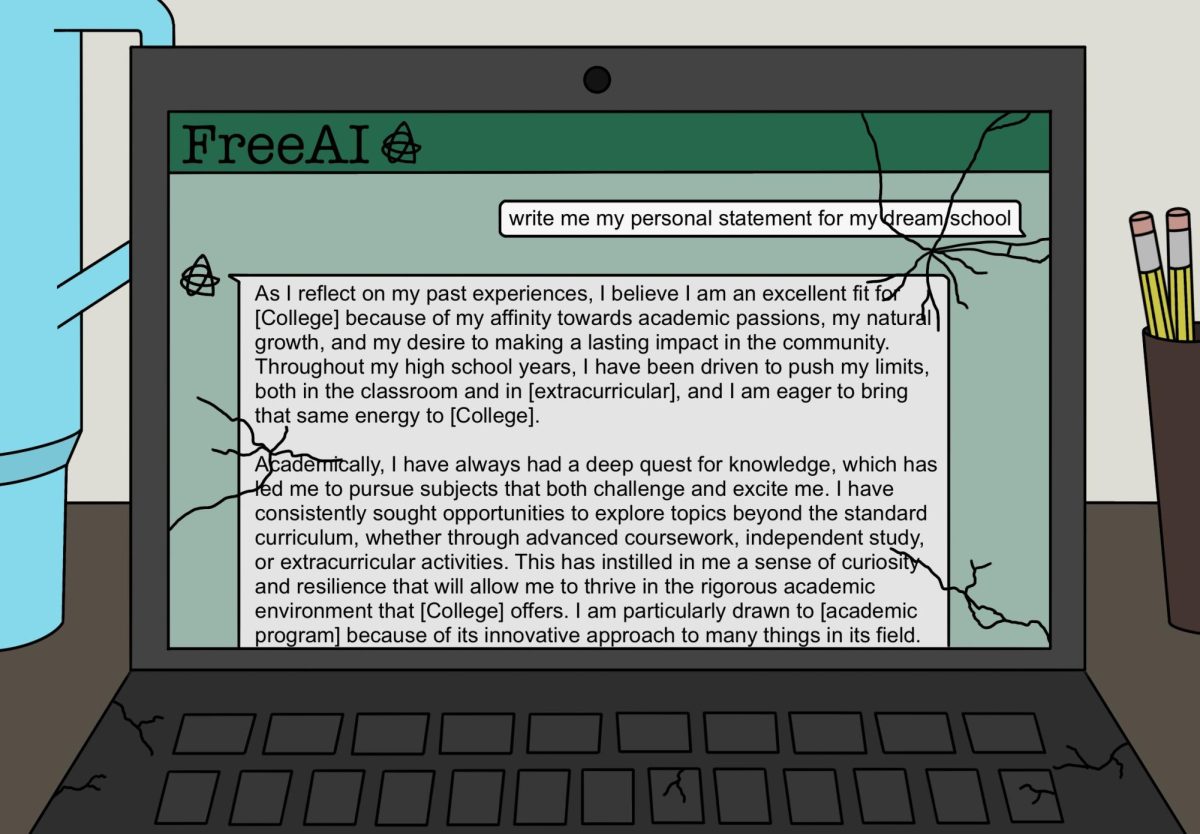There’s no denying it: the GET app is awful.
The app is frustratingly slow and plagued by glitches. For many students, the app crashes or refreshes randomly, requires them to enter their PIN multiple times, or signs them out for no reason. If you go to the dining hall or PalaDen, you will probably see students stepping aside or holding up lines because the app closes or stops loading.
This is not limited to Furman either. If you visit the app on the App Store or Google Play Store, you will find low ratings and scathing reviews.
The GET app did not always have these reliability issues; they were introduced in September 2020 when CBOARD (the makers of the GET app) released an update that made the GET app use the same code on every operating system. This may sound like it makes maintaining the GET app easier, but this kind of approach often results in apps that are not optimized to run well on any operating system.
The biggest problem with the GET app, however, is the fact that it requires a working smart phone with a modern operating system and a reliable internet connection. This is not an accessible system.
What if your phone is uncharged? You can’t get food.
What if the Wi-Fi quits working and you run out of data on your phone plan? You can’t get food.
What if you do not currently have a working cell phone? You can’t get food.
In these scenarios, students are usually allowed to use their swipe card —which does not have any of these issues — but are told that the policy is that they are not supposed to use swipe cards anymore.
All these issues can make you wonder why we are still using the GET app. We only use it for scanning a QR code on our phones — something that can easily be replicated with the barcode on the physical ID cards we use in many other places on campus.
When Furman first implemented the GET system for campus dining, it was an acknowledgement that the current campus-wide ID system is inflexible, outdated, and in need of an upgrade. Furman needed a system that supported fully contactless payment, which continues to grow in popularity for its safety and ease-of-use. But instead of deploying a full upgrade on campus, Furman bought a few barcode scanners for campus dining, minimally implemented the GET app within campus dining, and decided they were done with upgrades.
Elsewhere on campus, the ID system is not great either. Furman has an awkward mixture of tap-based and swipe-based card access on campus doors. Some areas have card readers that support both swiping and tapping the card. Other areas have card readers that look the exact same but only support one of the two, either tapping or swiping. Additionally, the swipe-only card readers are not always mounted consistently, resulting in an issue not unlike the one you would find when trying to plug in a USB correctly: your first swipe never seems to have the card facing in the correct direction.
The system powering the GET app is capable of much more than we have seen, including direct integration with most tap-to-pay features in phones and unification of physical and digital ID cards for door access. But because Furman never implemented the integrations that make the GET app worth using, students are starting to demand that we replace the GET app with something better.
Furman’s campus-wide ID system is still in dire need of the full upgrade, and Furman can fix the current issues without giving up their investment in CBOARD’s GET system. There are seven concrete actions Furman can take to improve the campus ID system:
The GET app is an awful experience, but the system behind it is powerful. By fully embracing CBOARD’s GET system, Furman can create a more accessible ID solution that is more seamless and flexible for everyone. Failure to adapt a modern system leaves our multiple ID and payment systems in an inexcusable state of fragmentation, frustration, and inaccessibility.

